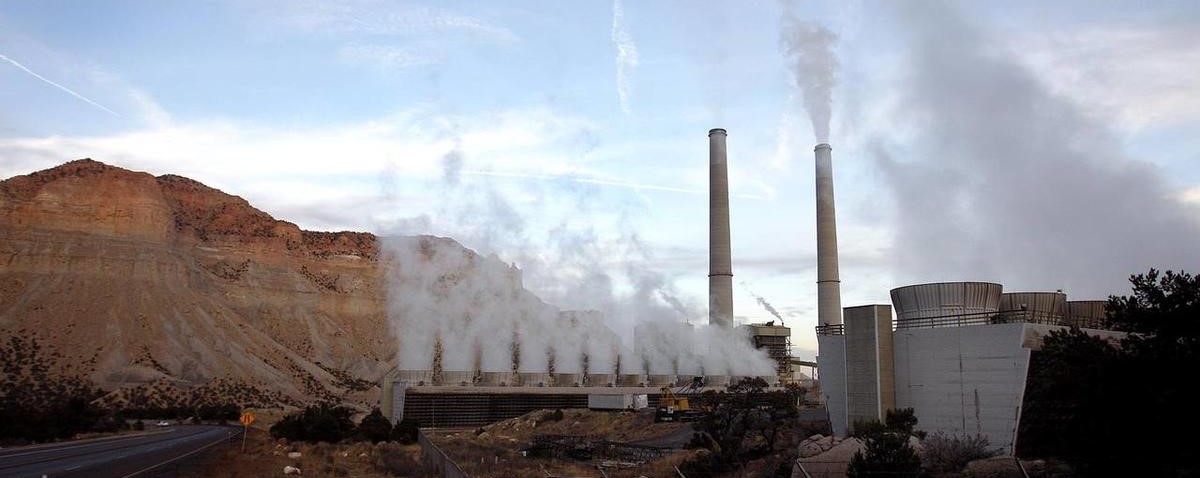Blog Post
Insight: Conquering Carbon Dioxide
By: Thomas Holst
Reducing greenhouse gas emissions has become a hot-button topic. After the US Global Change Research Program stated last year that “human activities . . . are the dominant cause of the observed warming,”[i] reactions have been strong. Utah Sen. Mitt Romney stated, “we better hope it [warming] is man-made, because if it’s not we’re in trouble.”
Sen. Romney’s comments signaled the need for mankind to resolve a greenhouse gas problem of its own making.
Two divergent approaches for reducing greenhouse gases in the earth’s atmosphere have emerged:
- Replace fossil fuels with renewable energies, such as solar, wind, and geothermal, which generate electricity without greenhouse gas emissions.
This approach has garnered the most attention because the technology costs for solar, wind, and battery storage have decreased by over 50 percent in the last decade. As a result, wind and photovoltaic solar have achieved levelized costs of energy lower than fossil fuels.[ii]
- Remove existing carbon dioxide, the predominant greenhouse gas, from the atmosphere by carbon capture and sequestration (CCS) technology. Sequestration occurs when carbon dioxide is either deposited in underground reservoirs or rendered incapable of returning to the atmosphere.
International and local companies are both tackling CCS. Utah-based Solid Carbon Products (SCP), headed by Gay Wyn Quance, started working in 2009 to manufacture solid carbon for commercial uses such as military body armor.
SCP’s business model is purchasing carbon dioxide and sequestering it in a durable carbon that can be sold.
Carbon dioxide feedstock sources for SCP include industrial processes such as cement manufacturing and fossil fuel–fired power plants that emit large volumes of greenhouse gases. Potential sales outlets for durable carbon include companies needing carbon black, carbon fiber, or carbon nanotubes. Carbon black, used in manufacturing plastics, paints, and automobile tires, offers the largest market.
How close to commercial status is SCP’s process? The company is currently supplying carbon black produced in its Provo pilot test facility to automobile tire manufacturers during a multi-year customer acceptance testing period. The final phase of customer acceptance testing will, however, require larger volumes of carbon black than SCP’s facility currently produces.
SCP’s ability to turn a net financial gain after the purchase of carbon dioxide and sale of durable carbon is critical. SCP’s costs for removal of one ton of carbon dioxide compare favorably with other competitors in this new carbon capture and sequestration industry. And history shows that falling technology costs have shaped the renewable energy industry in ways unimaginable only a decade ago.
CCR’s promising future lies in reducing greenhouse gas emissions from fossil fuels during the transition period when infrastructure changes are made to allow full implementation of alternative energy.
Thomas Holst is a senior energy analyst at the Kem C. Gardner Policy Institute.
[i] U.S. Global Change Research Program, Climate Science Special Report: Fourth National Climate Assessment, Volume I, page 10; available from science2017.globalchange.gov.
[ii] Lazard’s Levelized Cost of Energy Analysis (Version 12.0), page 2. LCOE is the net present value of the unit-cost of electricity over the lifetime of a generating asset.






